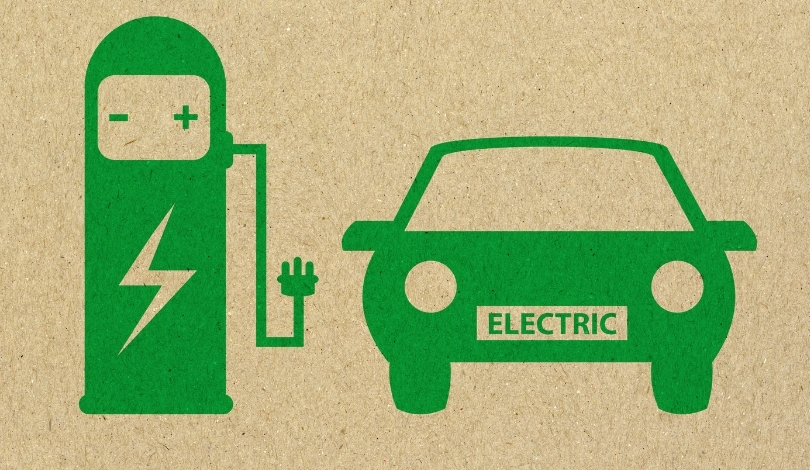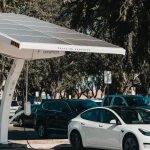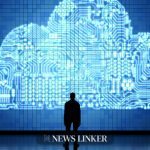Elon Musk’s companies are increasingly hinting at a closer integration, raising attention after Musk affirmed the possibility of convergence between Tesla and xAI. Discussions were sparked following the recent Tesla Shareholder Meeting, where synergies between Tesla’s data-driven engineering and xAI’s artificial intelligence advancements were underlined. Musk’s comment on social media, alongside feedback from Morgan Stanley analyst Adam Jonas, have generated debate in the financial sector about the potential impacts on both innovation and governance. Investors and observers wonder how this potential alignment could affect developments in electric vehicles, robotics, and autonomous technology. Unlike many executive-led conglomerates, Musk’s overlapping interests have historically resulted in strategic overlaps and cross-company investments, making this possible merger more than a speculative prospect.
Past coverage of Musk’s business ecosystem has focused largely on distinct projects such as Tesla’s incremental automation or xAI’s progression in generative artificial intelligence. Earlier reports rarely examined coordinated integration, typically treating investments and partnerships—like SpaceX’s funding for xAI—as isolated moves. Only in recent years has speculation intensified about a broader “Muskonomy” as shared infrastructure and data dependencies between his ventures have become more pronounced. Now, with mounting evidence of operational convergence, industry attention is turning to the strategic rationale and logistical complexities this integration would entail.
What Drives the Push for Convergence?
The demand to combine resources is largely driven by the increasing value of data and the need for advanced computational power; Tesla’s Full Self-Driving system and Optimus robot both require vast amounts of real-world information to improve. xAI’s developments may support these efforts, providing back-end intelligence needed for real-time decision-making and continuous learning. This tight link between the companies suggests opportunities for efficiency and accelerated progress.
What Is the Investor Perspective?
Investor sentiment remains cautious yet attentive. Adam Jonas, a well-regarded analyst at Morgan Stanley, stated,
“Tesla’s relationship with xAI (financially and strategically) is deterministic to the long-term success of Tesla due in part to the natural synergies of data, software, hardware, and manufacturing in recursive loops.”
Many shareholders are currently hesitant, as highlighted by their recent vote not to formalize a financial partnership between Tesla and xAI. Nonetheless, the potential for a future revisit to the proposal persists due to the perceived strategic significance.
Will Mergers or Partnerships Materialize?
While Musk has acknowledged he is not opposed to a unified entity, he has also said,
“I’m not opposed to the idea in principle, but I’m not sure there is a pragmatic or legal way to merge them. There is also value in equity incentives of people at the companies being tied to that company’s accomplishments.”
This highlights both regulatory constraints and the cultural aspects of merging performance-driven teams. Decisions about any future combination remain with shareholders, and Musk reiterated this by indicating he would defer to investors, leaving the path forward open.
Regulatory and structural factors could significantly affect the pace and style of any further integration, especially given prior high-profile moves—like Tesla’s acquisition of SolarCity and Maxwell Technologies, and SpaceX’s investment in xAI. Market participants also view Musk’s newly approved compensation structure as a relevant factor, noting it could influence how company interests align or diverge going forward. As public and private scrutiny intensifies, any attempt at deeper collaboration will need to address both opportunity and compliance in equal measure.
For investors and enthusiasts tracking Musk’s suite of companies, understanding the shared dependencies is essential, especially as advanced AI applications outpace slower-moving regulatory frameworks. Joint development of solutions such as the Optimus robot or Full Self-Driving systems would benefit from shared data ecosystems, provided management can balance innovation with accountability. Observers would do well to monitor not only product pipelines, but also shareholder sentiment and regulatory developments, which will ultimately govern the pace and scope of any convergence. The relationship between Tesla and xAI, built on overlapping leadership and technical ambitions, continues to be a focal point for those considering the next stage of the Musk-led business landscape.
- Tesla and xAI are showing signs of operational and strategic convergence.
- Shareholder decisions and regulations currently limit immediate mergers.
- Data and AI advancements drive synergy discussions between Musk’s companies.










